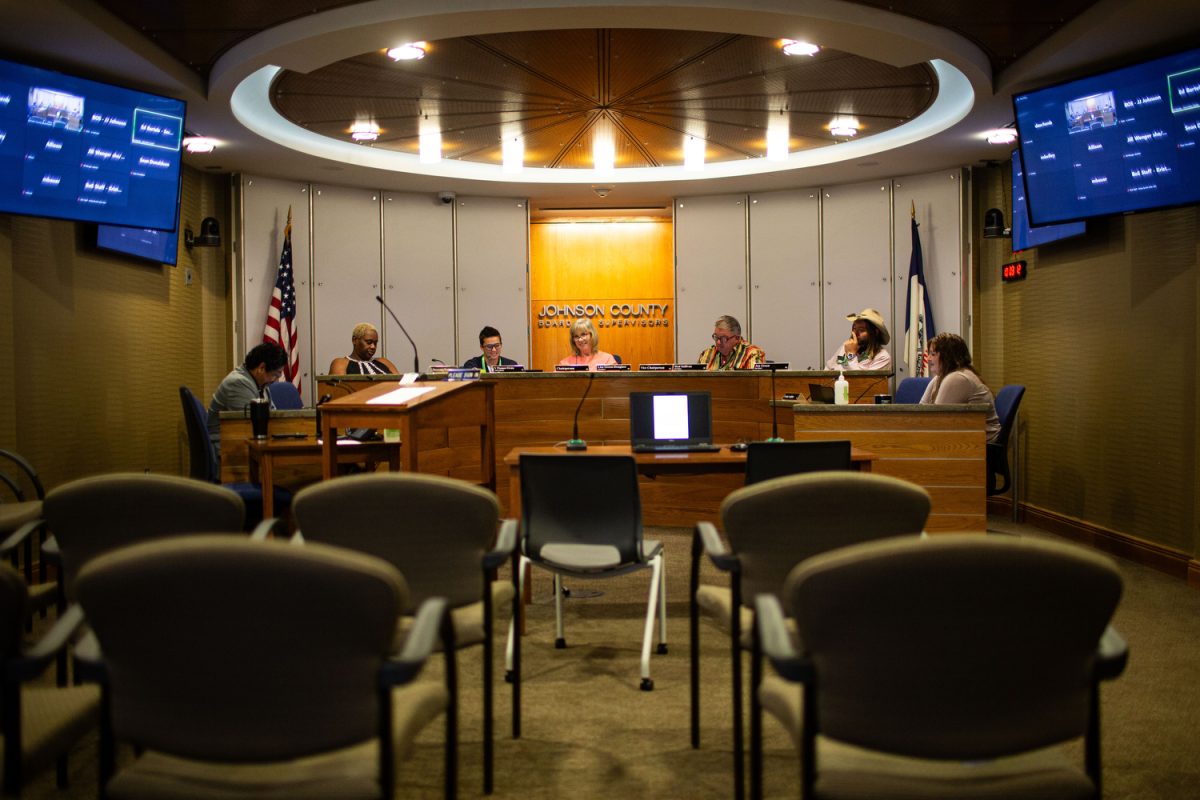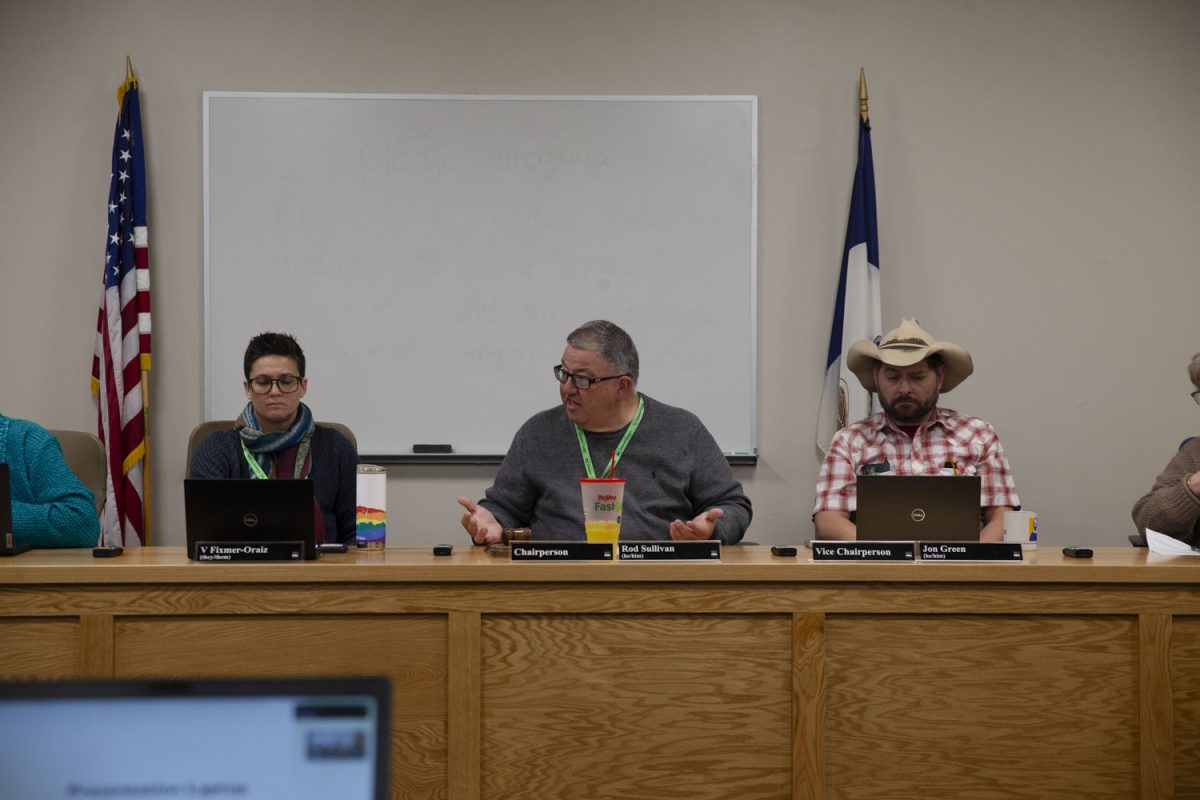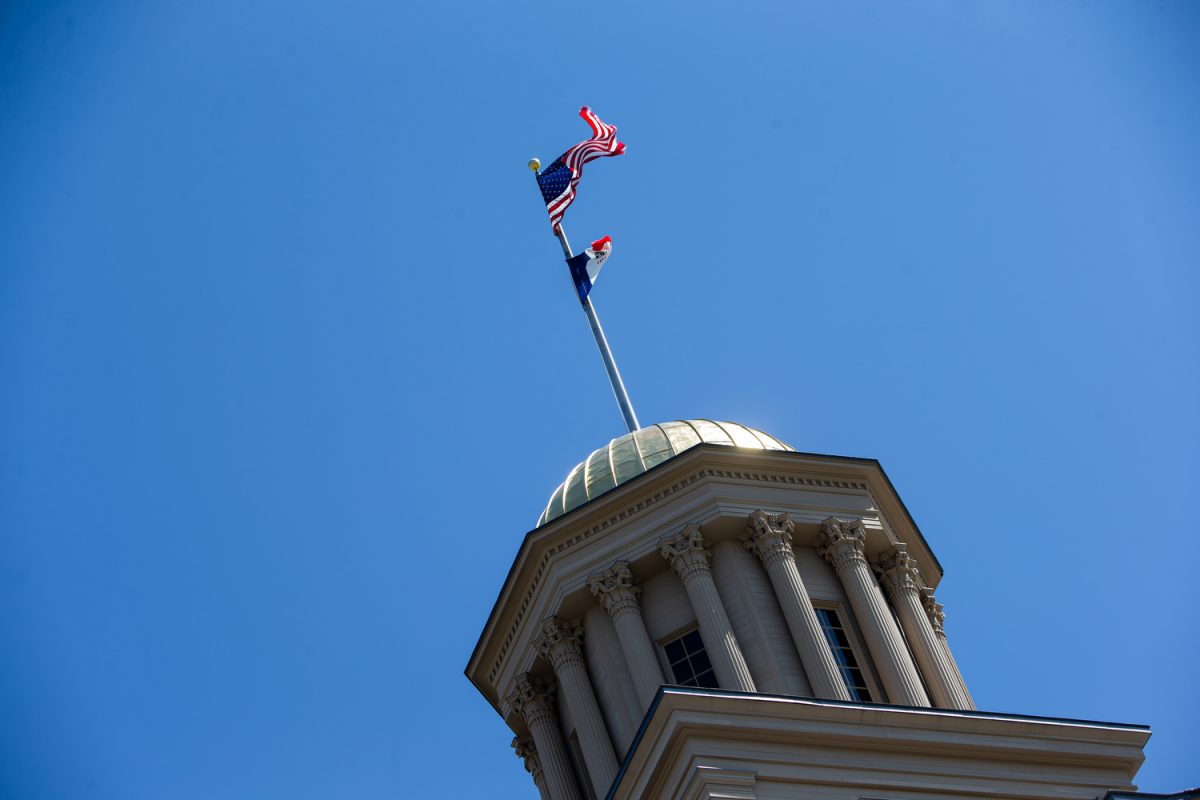As the last leaves begin to drop off the trees and the weather begins to turn colder, bald eagles can be seen along the banks of the Iowa River as the great birds begin their annual migratory pattern south.
In recent years, the eagles have made a comeback from coming close to being eradicated by the pesticide DDT in the 1970s, and their numbers are constantly on the rise in Iowa, much to the excitement of the state’s bird enthusiasts.
“We have a lot more nesting bald eagles in the state than we ever expected,” said Tim Thompson, a wildlife biologist at the Iowa Department of Natural Resources.
There are an estimated 3,000 eagles in Iowa over the winter with 350 nesting pairs in the state, and seven known bald eagle nesting sites in Johnson County.
The eagles stop in Iowa City along their migratory routes, trying to avoid the harsh winter farther north and are now beginning to be spotted.
“They’re starting to come down from Minnesota and Canada,” said Karen Disbrow, the president of the Iowa City Bird Club.
There are many different places to spot the eagles along the Iowa River with the river beginning to freeze from between Dec. 10 and Dec. 20 and higher concentrations of eagles being seen in early January.
“Right in Iowa City, there are a lot of good locations,” Thompson said.
The Iowa River Power Company, the Village Inn, the University of Iowa Power Plant near the intersection of Burlington Street and Riverside Drive, City Park, and also the water-treatment plant near the Butler Bridge are suggested viewing areas to see the raptors.
“They move up and down the river as it freezes and thaws,” Disbrow said.
The eagles stop to feed along the Iowa River as the cold sets in, grabbing fish from the water with their large yellow talons and eating them along the shore. Sometimes weather patterns can make the birds stay for a few days until the good weather resumes and allows for further migration south.
“The rivers are important to them because fish is their prey item,” said Jennifer Zieser, the project assistant at the Macbride Raptor Project.
The bald eagle was chosen to represent the United States because of its long life and great strength.
“They are protected birds — they are a national symbol,” Zieser said.
The raptors were declared an endangered species in 1967; in June 2007, the bird was taken off the endangered-species list. Just three years ago in October, the bald eagle was removed from the threatened species list in the state of Iowa.
“With the protections we have afforded them, they have been much more successful,” Zieser said. “They are a piece of national history.”
The bald eagle is still being watched and monitored regularly however, said Daryl Howell, who oversees the threatened and endangered species at Iowa Natural Resources.
“It’s now under special concern — we now watch it,” he said.
The birds are still being closely observed in part because current concerns about bald eagles are centered on hunters using lead shot and leaving carcasses with lead shot in them in the open for the eagles to feed upon. The lead is damaging to the birds’ health, and this is especially a large concern during the fall hunting season.
“You think of eagles as being fish eaters — but they aren’t above eating carrion,” Thompson said.
However, scavenging such as that makes them a valuable asset.
‘They are immensely, immensely important to our environment,” Disbrow said. “They are a fantastic bird to look at.”






